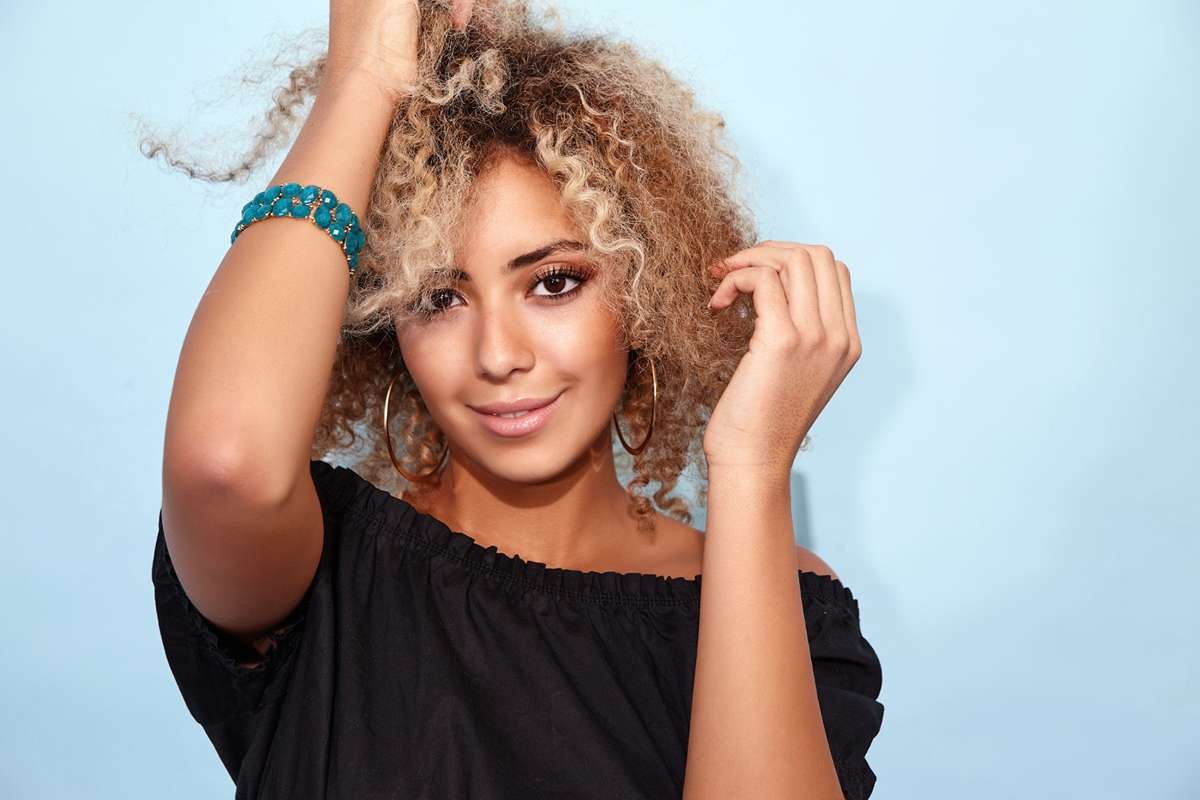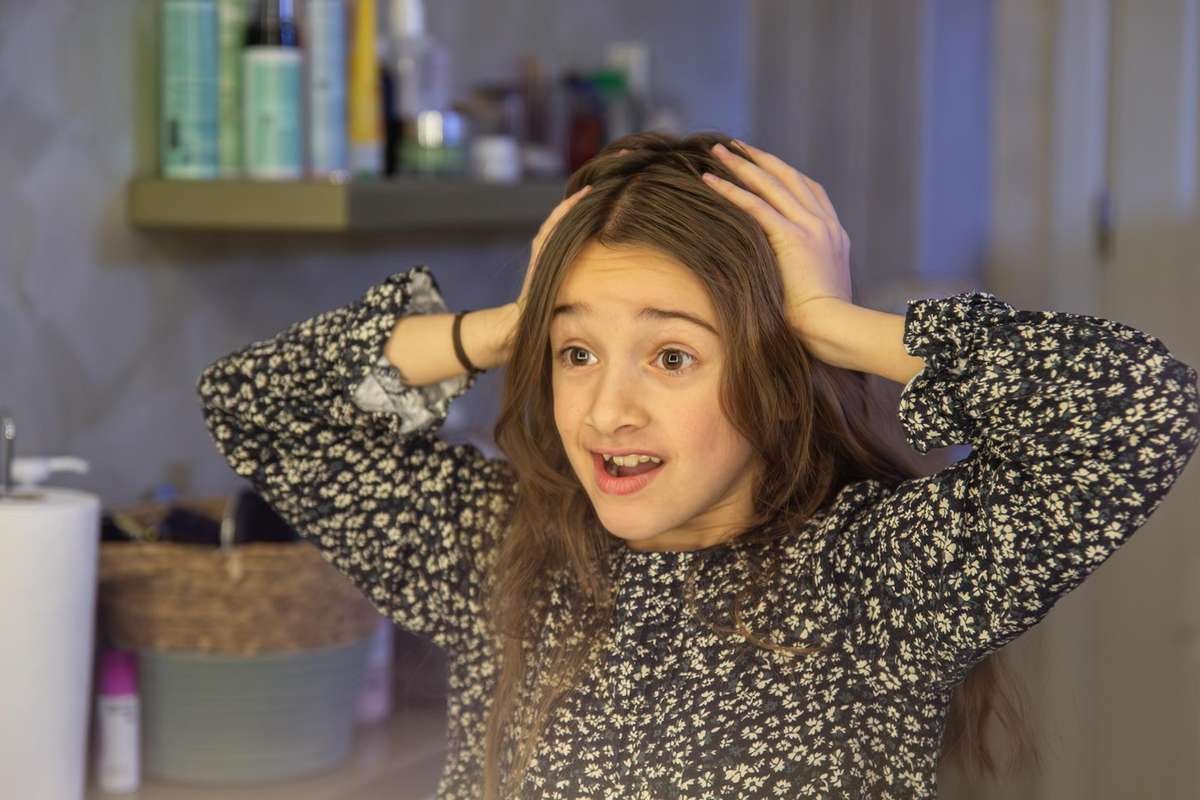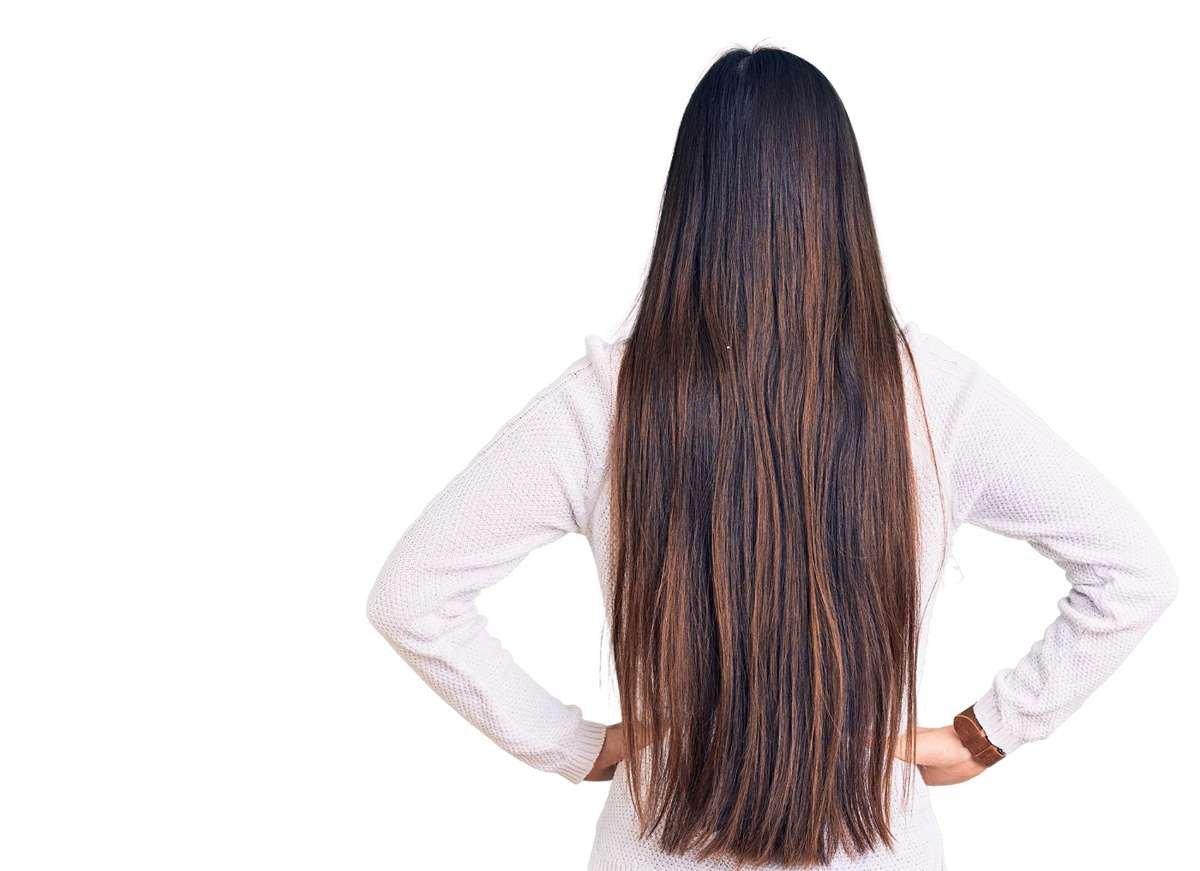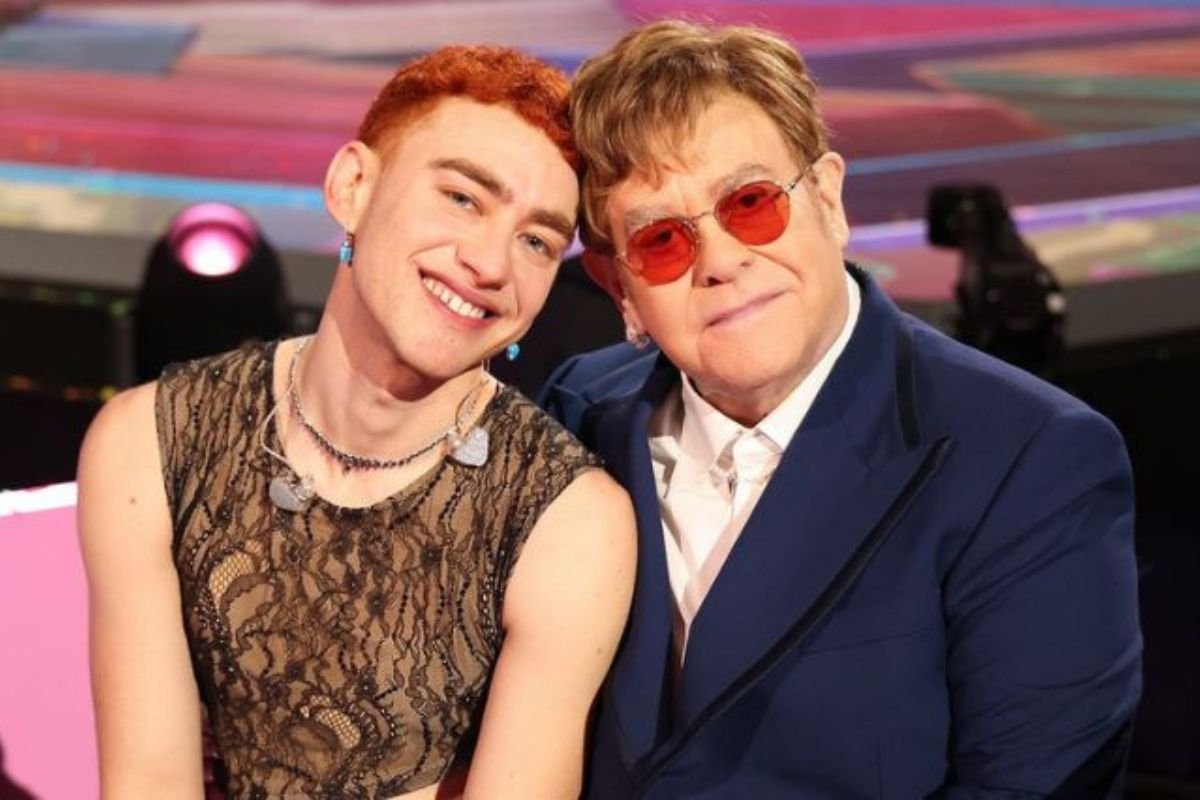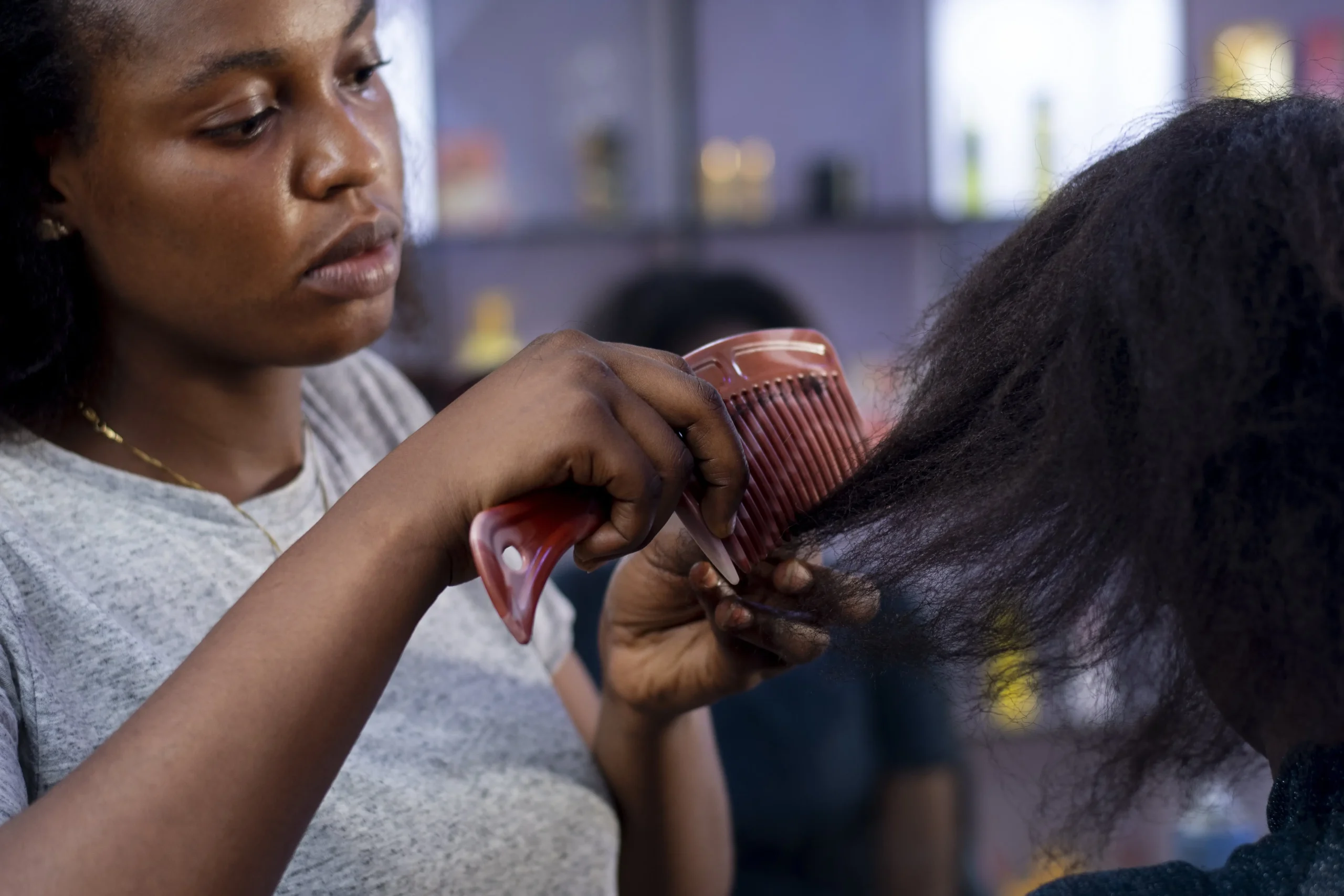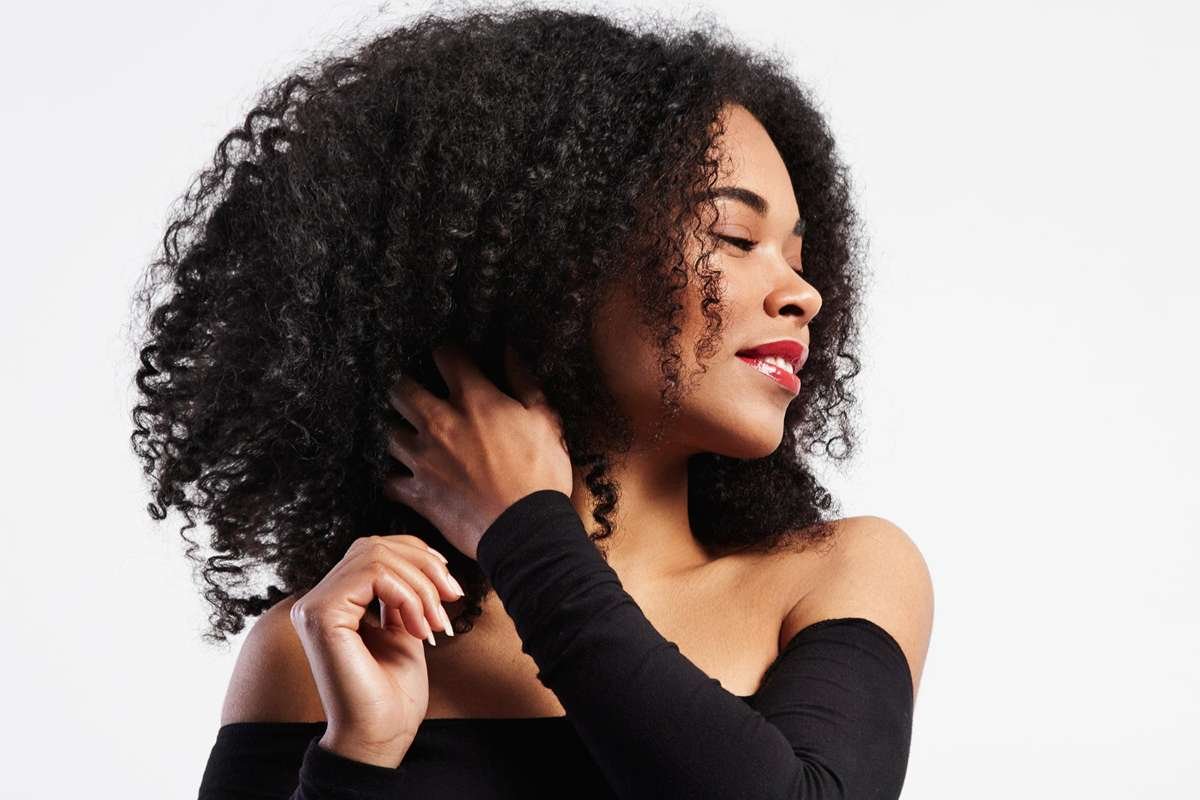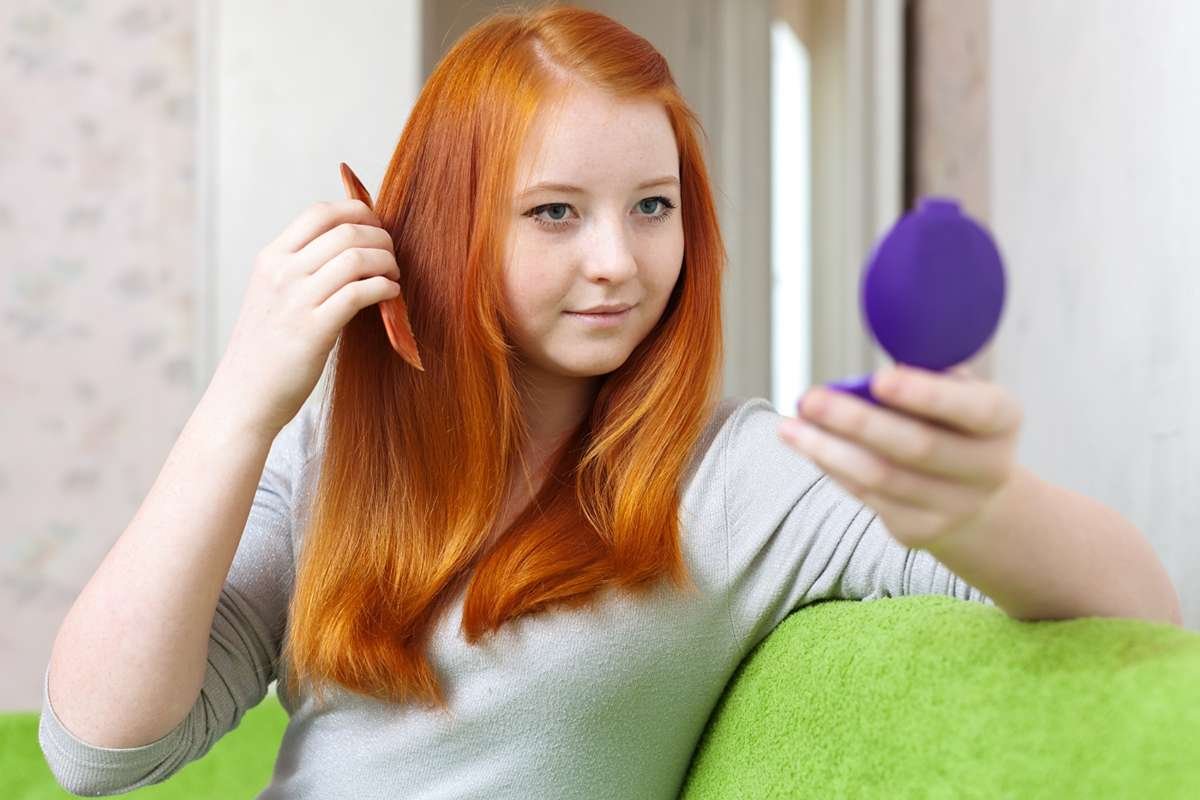
Ever asked yourself, can you dye human hair wigs without messing them up? The simple answer is yes you totally can! Human hair wigs act a lot like real hair, so you can dye them in all kinds of cool shades. But there’s a catch: if you don’t prep and color them the right way, they could get damaged fast. In this guide, I’ll show you how to dye your wig safely, step by step — from tools and dye choices to common mistakes and aftercare tips. Let’s make sure your wig ends up looking amazing, not ruined.
What Kinds of Wigs Can You Dye?
When it comes to changing the color of a wig, not all wigs are created equal. Before reaching for that dye bottle, you’ve got to know what type of wig you’re working with. Some wigs take color really well, while others… not so much. Let’s break it down so you don’t end up ruining a perfectly good wig.
Human Hair vs. Synthetic Wigs
Here’s the big rule: only human hair wigs can be dyed safely. Why? Because they’re made from real human hair, just like the hair on your head. That means they react to dye pretty much the same way — which is great news if you love switching up colors.
Synthetic wigs, on the other hand, are made from plastic-like fibers. They might look like real hair, but they can’t handle regular hair dye. If you try, the wig could melt, get stiff, or just turn a weird color. Not fun!
So if you’re asking yourself, synthetic vs human hair — and you want to dye it — always go for the real hair wig. Human hair wigs offer more freedom, especially if they’re virgin hair (we’ll talk about that next).
Virgin vs. Processed Human Hair
Now that you know only human hair wigs are dye-friendly, let’s talk about the two main types: virgin and processed.
Virgin hair means the wig hasn’t been chemically treated at all. No bleach, no perms, no dye. It’s completely unprocessed, and that makes it the best choice for dyeing. The cuticle layers are still intact, so the hair holds onto color better and stays soft and shiny afterward.
Processed human hair, also known as Remy hair, has usually been dyed or chemically straightened before being made into a wig. While you can still dye it, the results might not be as perfect. The hair may already be weakened or uneven in tone, which can mess with your new color.
What to Know Before You Start Coloring
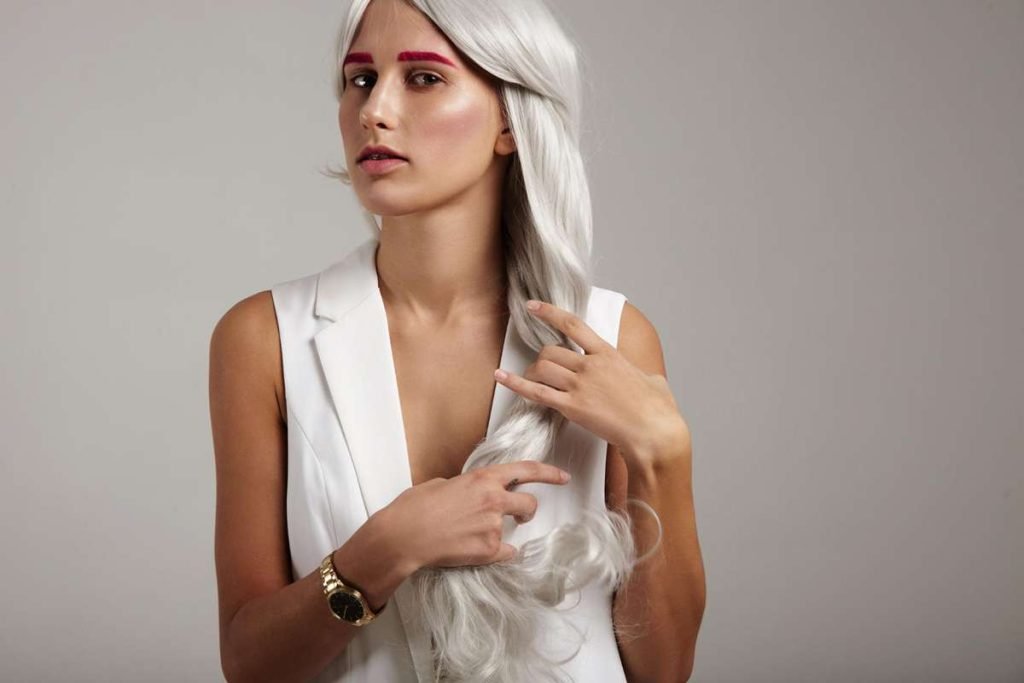
Before you jump into coloring your wig, there are a few important things you really need to know. Coloring a human hair wig isn’t hard, but it does take a little planning to make sure everything turns out the way you want. Think of this part like prepping your canvas before painting — it makes all the difference.
Do a Strand Test First
This step right here? Super important.
Before you dye the whole wig, always do a strand test. Just grab a small section of hair — somewhere underneath where it’s not too visible — and try out the color there first.
Why? Because you don’t want surprises. Hair dye can react differently depending on the wig’s texture, previous treatments, or even the water you rinse it with. A strand test (also called a patch test or color test) helps you:
- See how the color looks on the wig before you commit
- Check how long it needs to process
- Make sure it doesn’t damage the hair
Tools You’ll Need
Okay, now that you’re ready to color, let’s talk supplies. You don’t need anything fancy, but having the right tools will make the process way easier and give you cleaner results.
Here’s what you’ll need:
- Hair dye (semi-permanent or permanent — your choice)
- Developer (20 volume or lower is best for wigs)
- Dye brush and mixing bowl for smooth application
- Plastic gloves (don’t skip these — dye stains everything)
- Wide-tooth comb to detangle and section the wig
- Wig stand to keep your wig steady while working
- Old towel to catch any drips and protect your space
You might also want to have purple shampoo on hand, especially if you’re coloring blonde wigs it helps cancel out brassiness.
These are basic but powerful tools. Using the right stuff like a dye brush, mixing bowl, and wig stand not only gives you better results but also keeps your workspace clean and stress-free.
Step-by-Step: How to Dye a Human Hair Wig
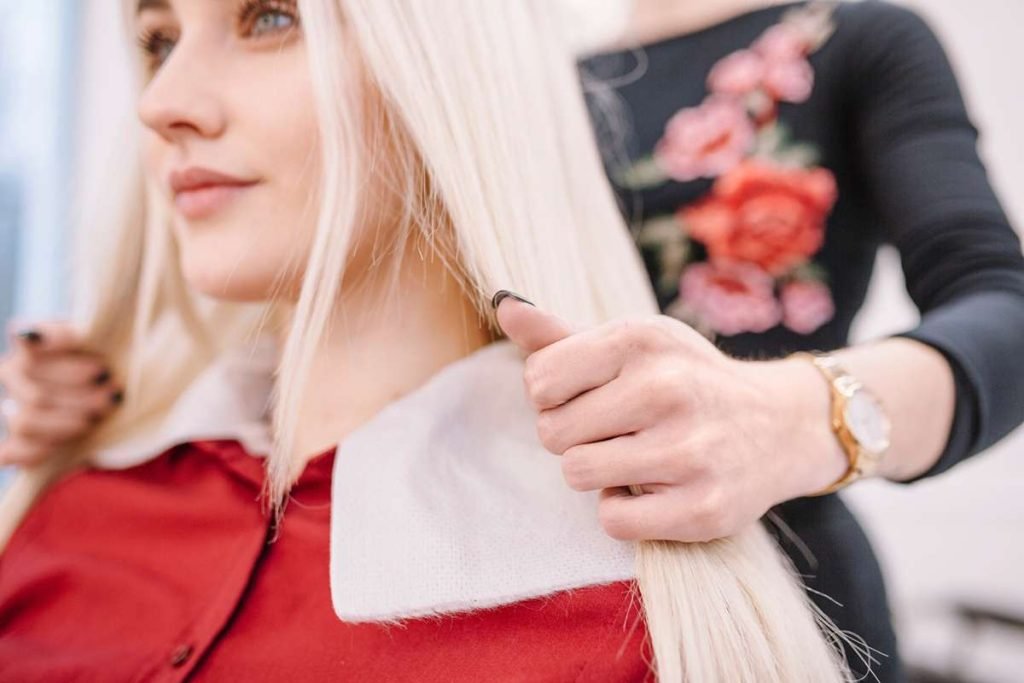
Alright, you’ve got your tools ready and you’re feeling confident — now it’s time to get into the fun part: dyeing your wig! Here’s a simple, step-by-step guide anyone can follow, even if it’s your first time. Just go slow, follow these steps, and you’ll be golden (or pink, or red… whatever color you’re going for!).
Step 1 – Wash and Dry the Wig First
Before you touch any dye, your wig needs to be clean — like squeaky clean. If there’s oil, product buildup, or dust on it, the color won’t stick properly. So grab a sulfate-free shampoo and gently wash the wig.
Why sulfate-free? Because regular shampoo can dry out the hair and mess with the dye. You want to treat your wig gently — like it’s your real hair.
- Rinse with lukewarm water
- Detangle it with a wide-tooth comb
- Let it dry completely — no damp strands!
A clean wig = better results. Skipping this step is like painting on a dirty wall… not worth it.
Step 2 – Apply the Dye
Now comes the fun part — color!
First, wear your gloves (trust me, dye stains are no joke). Then place your wig on a wig stand, divide it into sections using clips or a comb, and start applying the dye from root to tip. Work in small sections so you don’t miss any spots.
Got a lace front wig? Be extra careful not to get dye on the lace, or it might stain and look unnatural at the hairline. You can apply some Vaseline around the lace or use foil to protect it.
Tips:
- Start from the bottom layers and work your way up
- Use a dye brush for better control
- If you’re doing a root touch-up, go light-handed near the lace or part
This step is where your sectioning hair skills come in handy. Take your time for an even, smooth look.
Step 3 – Let the Color Sit
Now that the dye is on, you’ve got to give it time to develop. Most dyes need about 30–40 minutes, but it really depends on the brand you’re using.
- Read the instructions on your dye box carefully
- Use a heat cap if suggested (it helps the dye process faster)
- Don’t go over the time limit — over-processing can dry out or even damage the wig
Set a timer so you don’t forget. Trust me, waiting even 10 minutes too long can make a difference.
This part is all about patience. The processing time matters a lot if you want a vibrant and even finish.
Step 4 – Rinse and Condition
When your timer goes off, it’s rinse time!
Use cool water to rinse out the dye. Don’t use hot water — it can strip the color or dry out the wig. Gently rinse until the water runs clear.
Then, use a color-safe conditioner or a deep conditioner to restore moisture. Wigs don’t get natural oils like your real hair, so conditioning is super important after dyeing.
Once done:
- Gently squeeze out the extra water (don’t rub or twist)
- Place the wig back on your wig stand
- Let it air dry
Avoid blow-drying unless you’re in a rush — air drying helps keep the hair soft and smooth.
This final step is where the shine comes back in. A good rinse and a great conditioner = a happy, fresh-looking wig.
Tips to Keep the Color Bright and Fresh
So, your wig is dyed and looking fab — now the real work begins: keeping that color fresh for as long as possible. Just like your real hair, a dyed wig needs a little extra love to stay shiny, smooth, and vibrant. If you skip this part, the color will fade fast, and the wig could dry out or tangle. Let’s talk about how to care for your wig after dyeing.
How to Make the Color Last Longer
Washing your wig too much is the fastest way to say goodbye to that new color. To keep it bright and beautiful, try to wash it as little as possible — only when it really needs it.
Here’s how to make the color last:
- Wash less often — once every 6 to 8 wears is usually fine
- Use cool water when rinsing — hot water can fade the dye faster
- Avoid harsh shampoos — go for something gentle, made for colored hair
- Pat the wig dry — don’t wring or rub it
This kind of gentle wash routine is the secret to long-lasting color and healthy-looking strands. It’s all part of smart wig care.
Best Aftercare Products
Even the best dye job can look dull without the right products. After you color your wig, you’ll want to invest in some wig-friendly aftercare products to keep it looking fresh and smooth.
Here are some must-haves:
- Leave-in conditioner — hydrates and keeps hair soft
- Heat protectant spray — protects the wig before blow drying or styling with tools
- Wig detangling mist — makes it easier to brush without breaking strands
- Optional: hair mask for wigs — once in a while, deep condition to restore moisture
Look for products that are labeled “for color-treated hair” or specifically made for wigs. These post-color care goodies are gentle, nourishing, and help you avoid buildup or residue.
Common Mistakes to Avoid When Dyeing Wigs

Dyeing a human hair wig can be super fun — but if you’re not careful, things can go wrong fast. The good news? Most of these mistakes are totally avoidable if you know what to watch out for. Let’s talk about the biggest mess-ups people make and how you can fix them if they happen.
What Can Go Wrong?
Dyeing a wig isn’t the same as coloring your natural hair. Even though human hair wigs are real hair, they still need extra care. If you rush the process or skip important steps, here’s what could go wrong:
- Over-processing: Leaving the dye on too long or using a strong developer can fry the wig. The result? Hair that feels dry and brittle, and looks dull.
- Using box dye: Box dyes made for natural hair often contain harsh chemicals. They’re not designed for wigs and can cause patchy color or uneven results.
- Staining the lace: If you’re working with a lace front wig, be super careful. Dye can seep into the lace and make the hairline look unnatural.
- Skipping the strand test: We know, it feels like an extra step, but skipping the strand test is one of the biggest reasons people end up with colors they hate — or hair that’s damaged.
Wig damage isn’t always reversible, so it’s better to play it safe than try to fix something later.
How to Fix Mistakes (If They Happen)
Okay, let’s say you made a mistake — don’t panic. You might still be able to fix it (or at least make it look better). Here are some common fixes for wig dyeing fails:
- Color remover for wigs: These are gentler than traditional removers and can help lift unwanted shades without more damage. Use them carefully!
- Toning shampoos: If your wig turned too brassy, yellow, or orange, a purple or blue toning shampoo can tone it down. Great for blonde or silver shades.
- Re-deep condition: If the wig feels dry or stiff, a deep conditioner or wig mask can bring back moisture and shine.
Wig repair is possible in many cases, but results may vary depending on the damage.
Other things you can try:
- Add lowlights or highlights to balance uneven color
- Cut or style the wig differently to hide patchy areas
- Re-dye it with a darker, even tone to fix faded wig problems
Should You Dye Your Wig at Home or Go to a Pro?
So you’re ready to add some color to your human hair wig — but here’s the big question: should you do it yourself or visit a professional? Honestly, both options work, but it really depends on your experience, the type of wig, and the look you’re going for.
Let’s break it down to help you decide what’s best for you.
DIY vs. Professional Coloring
Coloring your wig at home is totally possible — especially if you’re going for a basic shade or just adding a little tint. If you’ve done your research, gathered the right tools, and feel confident, you can absolutely do it yourself and save some money in the process.
Here’s when DIY dyeing is usually okay:
- You’re using semi-permanent dye (less risky than permanent)
- The wig is virgin human hair and hasn’t been colored before
- You just want a subtle color change or refresh
- You’re okay with a little trial and error
But remember, even though you’re working with a real hair wig, it’s not exactly like coloring your own hair. Wig hair doesn’t grow back — so one mistake, and that’s it.
If you’re not 100% sure what you’re doing, it might be worth getting help.
When to See a Stylist
If your color plan is more complex like going platinum blonde, doing highlights, or fixing a bad dye job, you should definitely book a salon appointment or see a wig stylist.
Here’s when to let a hair color expert take over:
- You want to bleach the wig (this is very risky to do at home)
- The wig is already processed or dyed
- You’re working with an expensive or custom-made wig
- You’ve never dyed hair (or wigs) before
A professional stylist knows how to handle color chemistry, protect the lace, and apply dye evenly. They also have products made specifically for wigs, which lowers the risk of damage.
Best Hair Dyes for Human Hair Wigs
Choosing the right dye is just as important as how you apply it. Not all hair dyes are wig-friendly — and using the wrong one can lead to dryness, patchy color, or even damage. So if you’re wondering which products are actually safe to use, don’t worry — we’ve got a quick list of non-damaging, wig-friendly dyes that get the job done without wrecking your wig.
Top Safe Dyes for Human Hair Wigs
These brands are known to work great on human hair wigs and give beautiful, long-lasting color:
- Adore Creative Image – Super gentle, vibrant colors, and no ammonia
- Arctic Fox – Vegan, semi-permanent, and full of fun, bold shades
- Wella Color Charm – Professional-level color with consistent results
- L’Oréal Colorista (Semi-Permanent) – Easy to use and wig-safe when applied correctly
- Clairol Jazzing – Great for tinting or refreshing color; no harsh chemicals
- Schwarzkopf Igora – Trusted by pros; good for darker tones or color correction
These are considered safe dyes because they’re low in ammonia, easy to control, and have been tested on real hair wigs by both DIYers and pros.
Semi vs. Permanent Dye: Which One’s Better?
Let’s keep it simple:
- Semi-permanent dye is great for beginners. It’s non-damaging, washes out gradually, and lets you experiment with color. It’s perfect if you’re not ready for a long-term change.
- Permanent dye lasts longer but can be harsher on wig hair. It usually requires a developer, and if used wrong, it might dry out the strands or make the wig brittle.
If you’re going with semi-permanent, you get the flexibility to try bold shades like purple, pink, or blue, then switch it up later. Permanent dyes are better for classic colors like black, dark brown, or burgundy just make sure your wig can handle it.
FAQ’S
1. Why won’t my human hair wig dye?
If your human hair wig isn’t taking color, it might be because it’s been previously processed or coated with silicone. These coatings can block dye from soaking in. Always wash the wig first and make sure it’s 100% unprocessed human hair.
2. What hair dye is best for human hair wigs?
Gentle, semi-permanent dyes like Adore, Arctic Fox, and Wella Color Charm are great for human hair wigs. They’re low in harsh chemicals and give vibrant results. Always choose a wig-safe dye to avoid damage.
3. Does hair dye work on wigs?
Yes, hair dye works on human hair wigs just like it does on natural hair. But it won’t work on synthetic wigs. Make sure you’re using the right type of wig and follow proper dyeing steps for the best results.
4. Can synthetic dye be used on a human hair wig?
Nope — synthetic dye is made for plastic fibers, not real hair. Human hair wigs need real hair dye. Stick to semi or permanent dyes made for colored hair to avoid ruining the wig.
5. How do I revive my human hair wig?
Deep condition it using a hydrating mask or wig-friendly conditioner. Let it air dry and use a little leave-in spray to bring back the softness and shine. Regular care keeps your wig looking fresh!
6. Why does my human hair wig look fake?
It might look fake if it’s too shiny, too stiff, or poorly styled. Try using dry shampoo, trimming the lace, and styling it with heat tools to give it a more natural, realistic look.
7. How long should I leave hair dye on a wig?
Usually, 30–40 minutes is enough depending on the dye brand. Don’t leave it on too long — over-processing can dry out the wig. Always check the box and do a strand test first.
8. Can you dye a human hair wig with box dye?
You can, but it’s risky. Box dye often contains strong chemicals that might damage wig hair. If you use one, pick a gentle formula and avoid bleach — or better yet, use a dye made for wigs.
Conclusion
So yep the answer to can you dye human hair wigs is a big yes! And honestly, it can be a lot of fun if you take your time and do it right. Human hair wigs give you the freedom to try new looks, bold colors, or even fix faded tones just like natural hair.
But here’s the deal: it’s not just about the dye. It’s about the prep, the application, and most importantly, the aftercare. Skipping steps or using harsh products can mess up your wig fast. So always start with a strand test, choose a safe dye, and treat your wig gently every step of the way.

